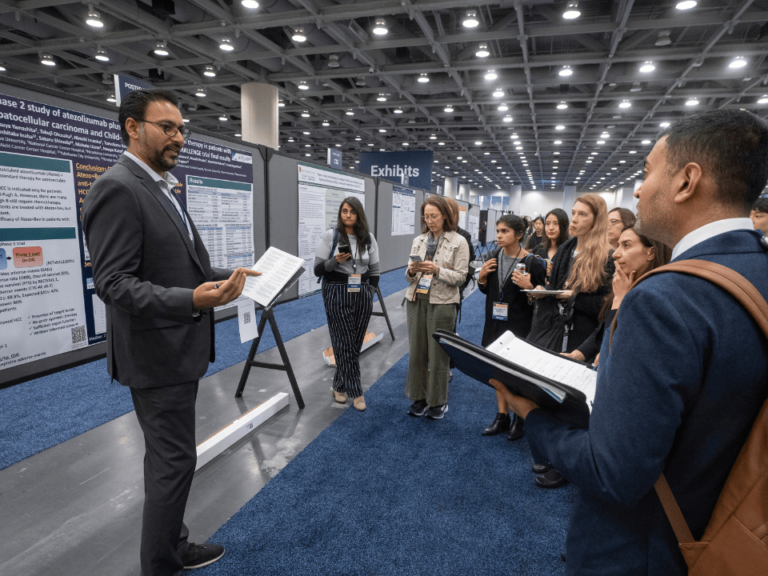AbbVie has submitted a supplemental New Drug Application to FDA based on the randomized, multi-center, open-label phase III RESONATE trial of IMBRUVICA (ibrutinib) versus chlorambucil in treatment-naive chronic lymphocytic leukemia patients aged 65 years or older.
AbbVie announced top-line findings from the trial showing that IMBRUVICA improved progression-free survival and multiple secondary endpoints including overall survival and overall response rate in treatment-naive patients with CLL.
IMBRUVICA is approved for the treatment of patients with CLL who have received at least one prior therapy and CLL patients (including treatment-naive) who have del 17p, a genetic aberration that occurs when part of chromosome 17, the location of the tumor suppressor gene p53, has been lost or deleted.
The RESONATE-2 trial is a Pharmacyclics-sponsored study and its protocol and specific performance goals were established in a special protocol assessment (SPA) with the FDA. An SPA is an agreement with FDA that a phase III clinical trial design, its clinical endpoints and statistical analyses are acceptable to the Agency to support a submission and potential approval.
The trial enrolled 269 treatment-naive patients with CLL or small lymphocytic lymphoma (SLL) aged 65 years or older in the U.S., EU and other regions. Patients were randomized to receive either ibrutinib 420 mg orally, once daily until progression or unacceptable toxicity, or chlorambucil on days 1 and 15 of each 28-day cycle for up to 12 cycles. The starting dose for chlorambucil in Cycle 1 was 0.5 mg/kg and was increased based on tolerability in Cycle 2 by increments of 0.1 mg/kg to a maximum of 0.8 mg/kg.
The primary endpoint of the study was PFS as assessed by an Independent Review Committee according to the International Workshop on Chronic Lymphocytic Leukemia 2008 criteria, with modification for treatment-related lymphocytosis. Key secondary endpoints included ORR, OS and safety.











